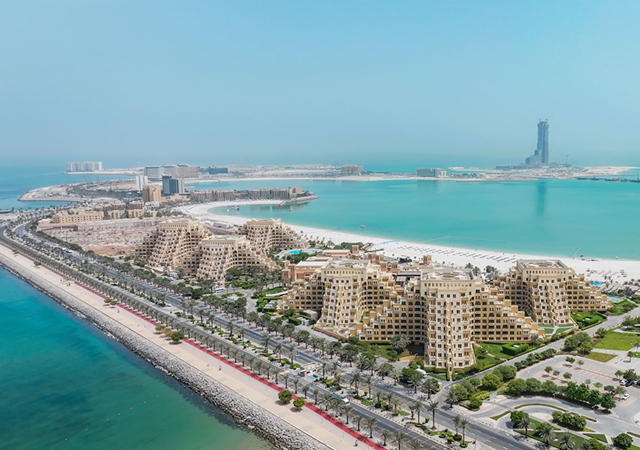

In the late 1800s, Edwin Ruud and George Westinghouse designed a gas-fired water heater, but due to gas supply problems in Pittsburgh, US, the appliance was a failure. Ruud bought Westinghouse's share of the patent for less than $400, modified its design and set up what is considered to be the first modern water heater manufacturer, the Ruud Manufacturing Company.
Today, water heaters are manufactured by the millions, with the US alone producing over 9 million every year. About 70 per cent of this production goes for replacement jobs. Yet, once installed they are forgotten until they fail, though if well maintained, heaters will be safer to use and work better and longer. There are several types of water heaters in residential and commercial applications, such as gas/oil/electric, storage/instant, tankless, heat pump, solar and more. This article focuses on the residential electric water heater which is commonly used in the Gulf.
Construction
A water heater consists of a storage tank called the inner tank or boiler with an immersion electric heating element, thermostat attached, screwed on to the tank base. The inner tank is lined with insulative material and a painted outer casing.
The boiler is constructed in steel with a zinc (galvanised) or enamel coating (glasslined), stainless steel or copper. Copper, which is a non-ferrous metal, gives the best results.
Water, when heated, becomes lighter and moves upwards, while cold water flows down. This convection process inside the tank continues till a set temperature is reached. Although both the water pipes are at the bottom of a wall-mounted heater, the outlet, a dip tube, is actually at the top. An open inlet valve simultaneously replaces hot water, as it is used, with cold water.
Water chemistry
Water is enriched by various substances in the form of solids, salts or gases. It mostly contains calcium and magnesium, and the extent of their content makes the difference in taste, and its suitability for health, skin and hair care. Too little or too much are both unsuitable.
Hard water is defined as water which has a concentration of calcium and magnesium - expressed as their calcium carbonate equivalent - greater than 150 mg/litre. To make it soft, calcium and magnesium are replaced by sodium and the water can now produce a lather with very little soap, the simplest way to test its hardness. Total dissolved salts (TDS) can vary from 20 ppm to 6,000 ppm (parts per million).
Water's conductivity is related to its ionised substances such as chlorides and sulphates. Water with 150 to 500 micro siemens/cm is ideal for a water heater.
Depending on the dissolved salt content and types, water can be acidic or alkaline. Within certain limits, the purest water is the most corrosive. This does not mean that water with high TDS is non-corrosive, as some water with a TDS of just 300 ppm can be very corrosive. Poorly-mineralised water will lead to a severe corrosion attack.
Corrosion mechanisms
Most residential water heaters are of steel construction protected by zinc or enamel lining. These coatings wear out with time, leaving weak spots which corrode and leave pinhole leaks. Corrosion in a water heater will depend on the mineral and chemical content, temperature and quality of anti-corrosion protection. During heating chemicals react to cause corrosion. Water acts as an electrolyte and electro-chemical and galvanic reactions take place leading to holes in the steel which result in leakage.
Sediment
When water is heated, the dissolved minerals undergo a chemical change and the precipitate settles onto the tank surface as lime deposits or tank scale. An initial layer acts as corrosion protective layer but too much of this causes a problem. This depends on the total dissolved salts present in water. An excess of scale will bury the heating element leading to its failure. Scale can also cause noisy heaters. Pure water is less conductive and generates less scale, which is why it is more corrosive. Magnets, fixed on the inlet pipe, can also be used to minimise scale formation.
Cathodic protection
Protection against galvanic corrosion is achieved by cathodic protection. In galvanised tanks, the zinc layer acts as protection while in glasslined tanks a magnesium anode is used. In galvanised tanks, the addition of a magnesium anode will extend the heater's life. Cathodic protection functions by providing a protective current to an area that would otherwise corrode.
A minimum current density on the tank wall is required to establish and maintain protection. The level of protection depends on the amount of water used, its quality and temperature.
Anodes are normally magnesium or aluminium alloys. Physically connected to the steel of the tank, they create an electro-chemical reaction similar to that of a battery, whereby they corrode while the steel remains intact. When no sacrificial metal is left, the tank starts to rust. Anodes can be replaced. When water is softened, anodes corrode more quickly.
Very hard water and magnesium anodes can result in gas formation. High conductivity causes the anode to supply more current than necessary, which in turn produces hydrogen and oxygen, which accumulates in the tank until the tap is opened.
Safety
There are several points to be considered regarding the safety of a water heater. First, safety valves are a must for water heaters. Water expands when heated and if this is not vented out, pressure will build up inside the heater. If a one-way check valve is installed in place of a safety valve and the outlet is closed, then on heating 6 bar pressure can increase to 16 bar, depending on the rise in temperature. This will cause bursting or leaks. Pressure and temperature valves can be used to relieve excess pressure and/or temperature. This is to be installed on the top of the heater but care must be taken to ensure its discharge port is connected to the drain as it releases a substantial amount of hot water under pressure.
For absolute safety, a vent pipe can be connected back to the overhead tank. This is called a vented system, which has been used as standard on Public Authority for Housing Care (PAHC) housing projects in Kuwait.
The thermostat should be set at the lowest needed temperature: scale formation at 82 deg C is several times greater than at 60 deg C. The lower the operating temperature, the longer the heater's life. In the US, the Consumer Product Safety Commission recommends temperatures of 130 deg F (55 deg C) or lower.
If the heater is galvanised, heat above 60 deg C will reverse ionic action. With each temperature rise of 10 deg C, the life of the steel can be reduced by up to 50 per cent.
Legionella bacteria can thrive in sediment, but not at temperatures exceeding 60 deg C. For this reason, water heaters should be periodically heat-shocked to sterilise the system. This can be done by raising the temperature to 70 deg C for one hour and flushing the hot water out.
Scale must be removed periodically. If it is not possible to open the element and clean the tank, remove the safety valve at the inlet, interchange the connections and flush the tank through the inlet. Also, check safety valve and the thermostat.
Anodes must be checked periodically and replaced once they are 60 per cent consumed. The single most important factor in extending the lifespan of a glasslined water heater is the condition of the anode.
The power supply to the heating coil must be well insulated with compressed magnesium oxide. If this insulation is weak or holes develop in the sheath, the heater will become 'live'. However, if earthing and power breakers are properly installed, the power supply will trip, so ensure proper earthing and ELCB system to avoid electric shocks.
When water heaters are operated after long intervals, like at the start of winter, they should be flushed thoroughly. Hydrogen, which is extremely flammable, can be produced in a glasslined hot water system that has not been used for over two weeks.
Operate the appliance at the minimum pressure needed. The lower the pressure, the lesser the risk. An overhead tank supply system is the safest. Connections to a water mains or pump are risky, as large pressure variations can occur within a 24-hour cycle. Also, lower operating pressure helps conserve water.
Water from a water heater is not generally potable, because of the glass lining, zinc coating and chemicals which dissolve or remain suspended in the water (though, within limits these are not harmful to health). Do not solder pipes in heaters with lead, as lead is poisonous.
Can a water heater be switched on round-the-clock? Yes, depending on how well the thermostat functions, but it is better not to. Even while using heater, keep it off, as the insulation will keep the water hot.
To sum up, heaters can affect the health and safety of its users, so proper attention should be given to their maintenance.



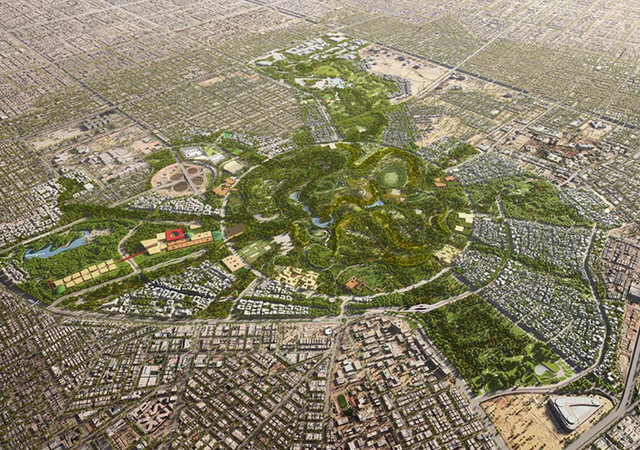





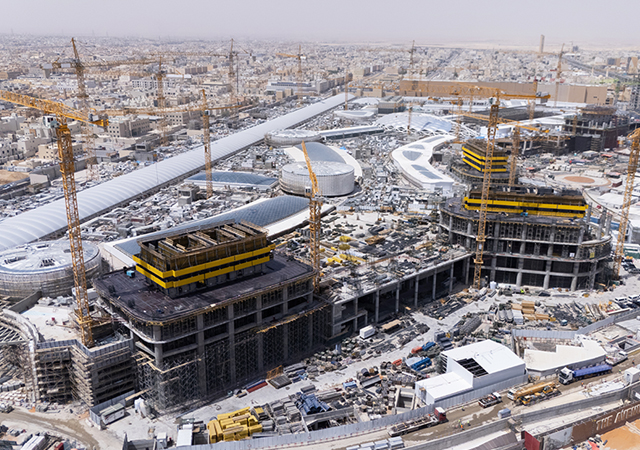


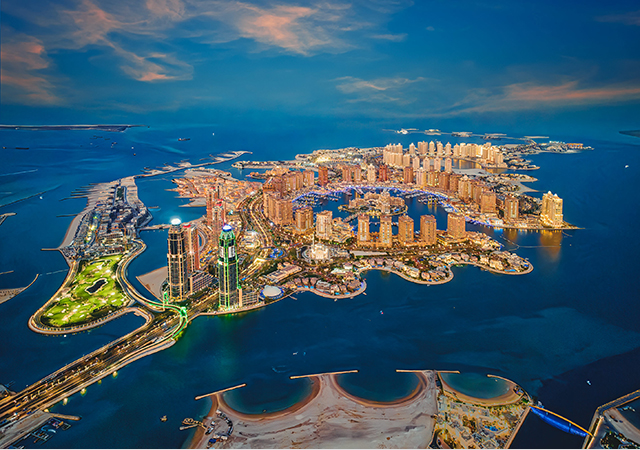

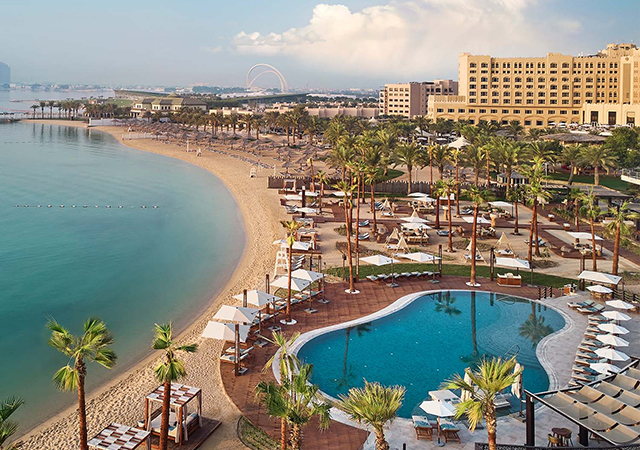

.jpg)

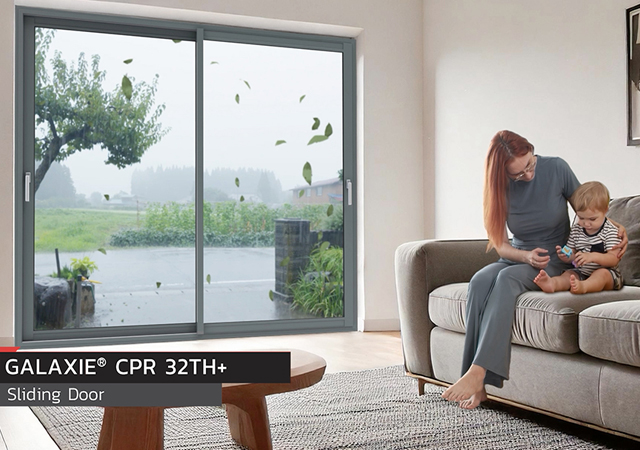



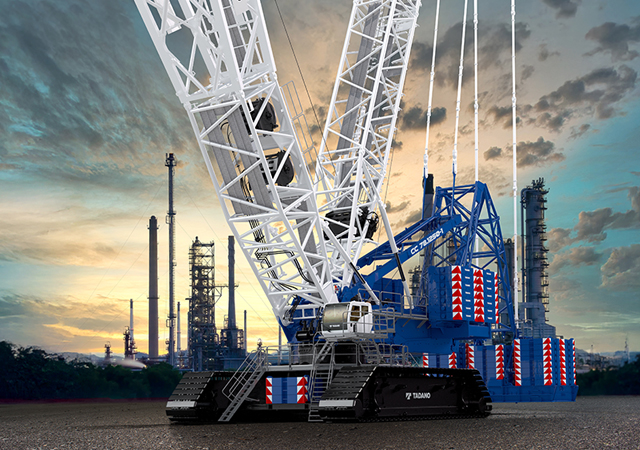

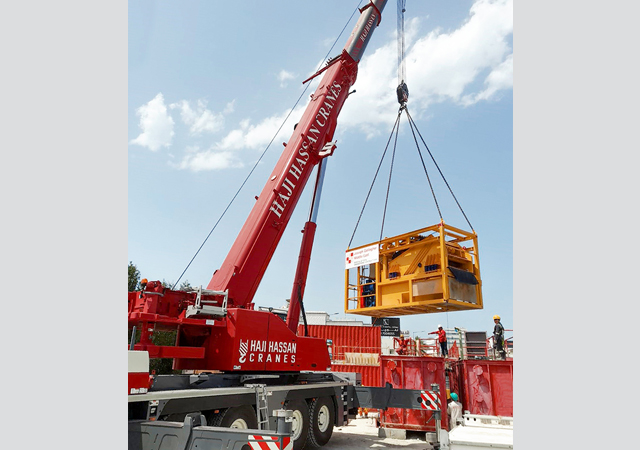


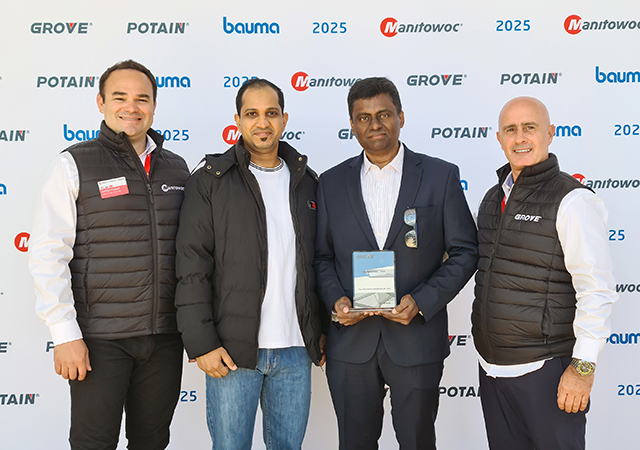

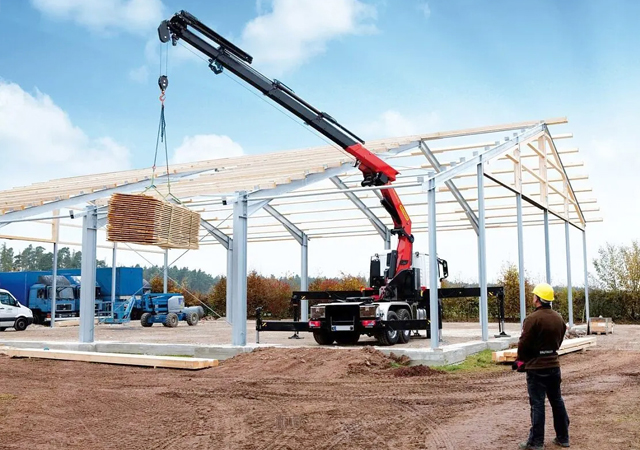
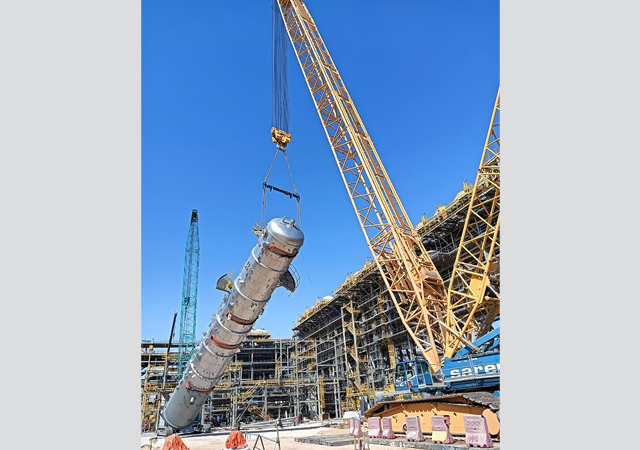
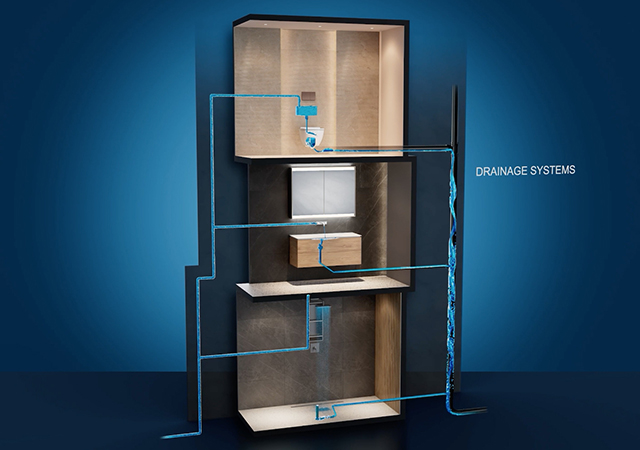
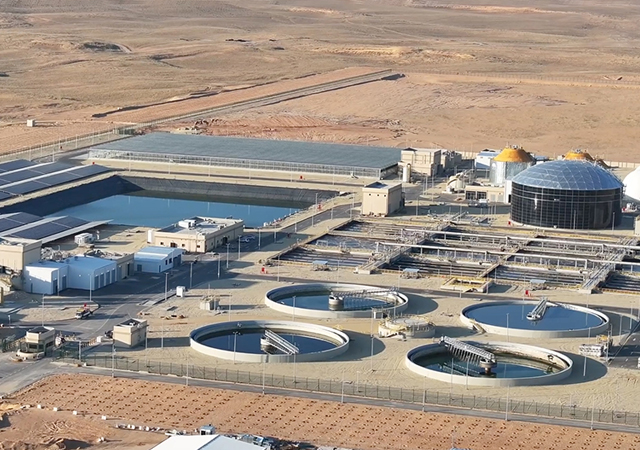




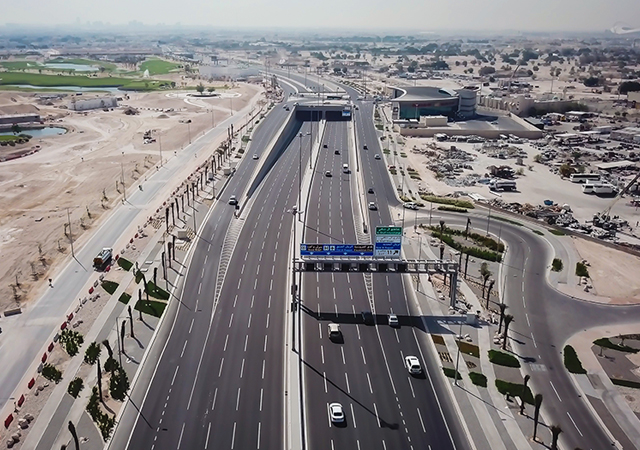
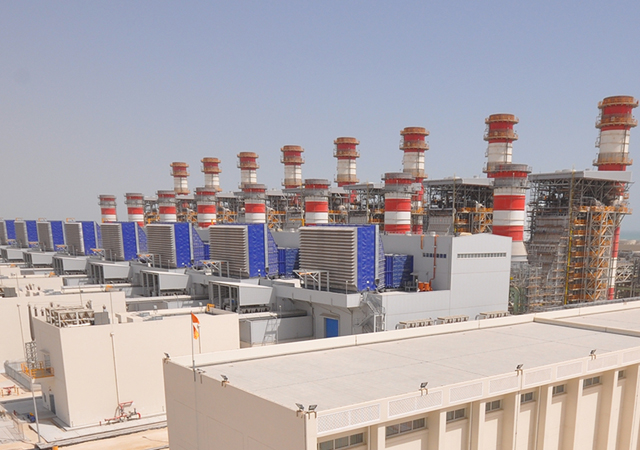
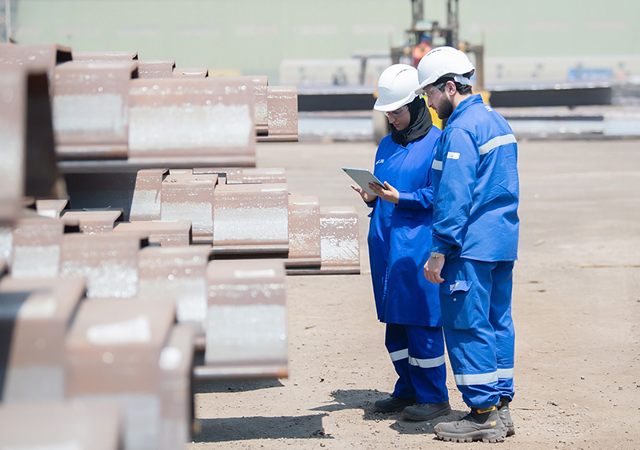
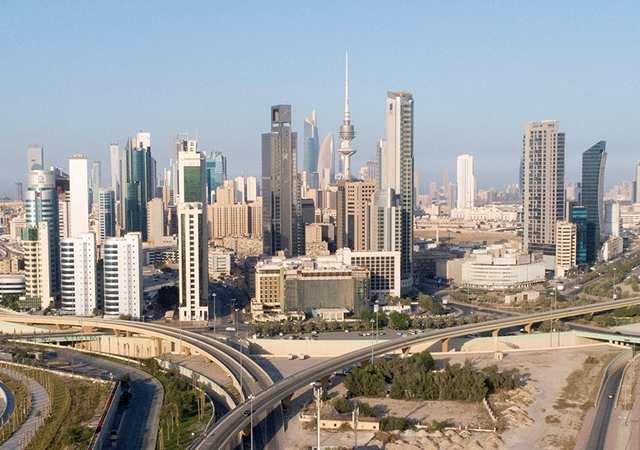




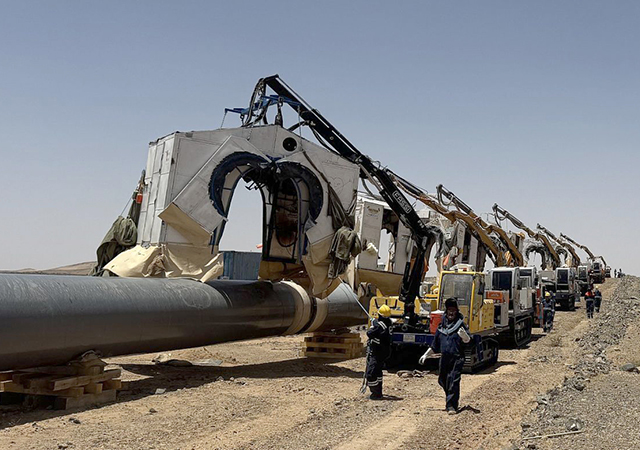

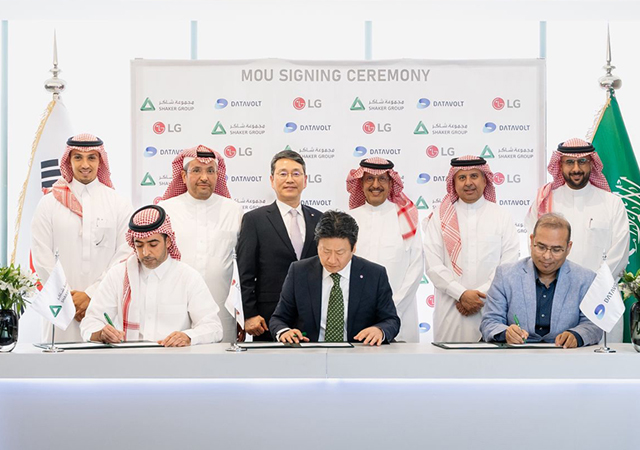

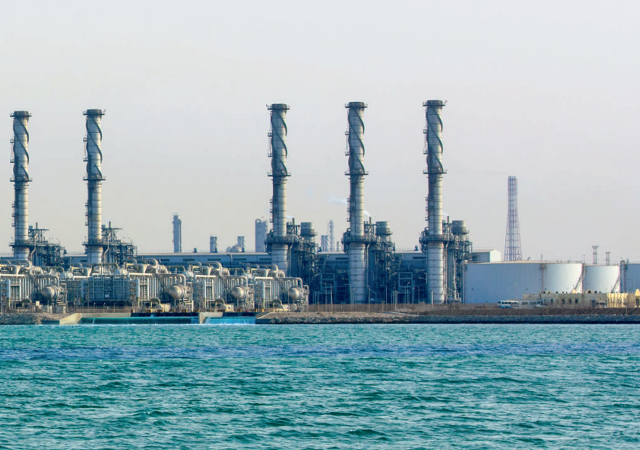


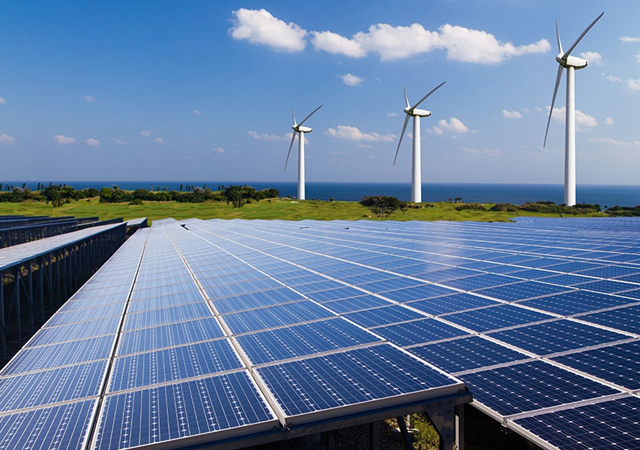
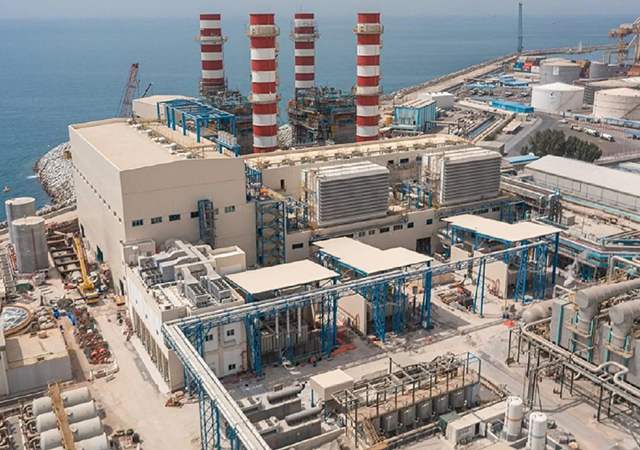
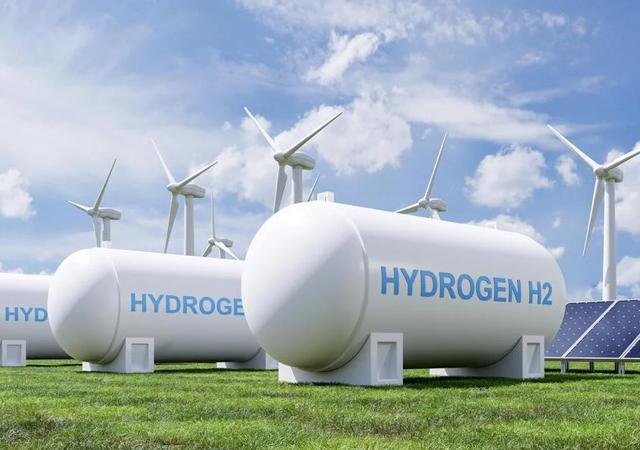









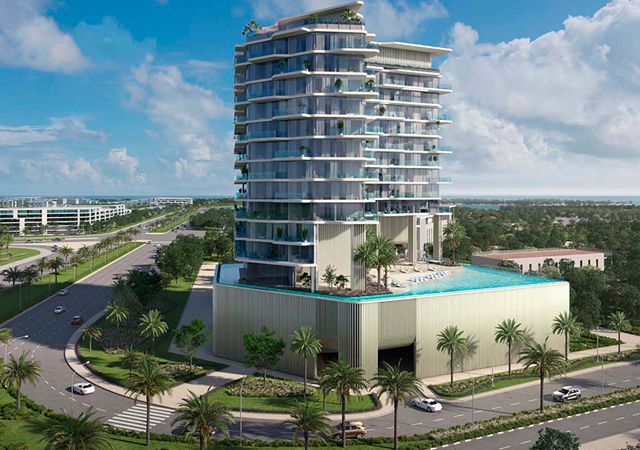



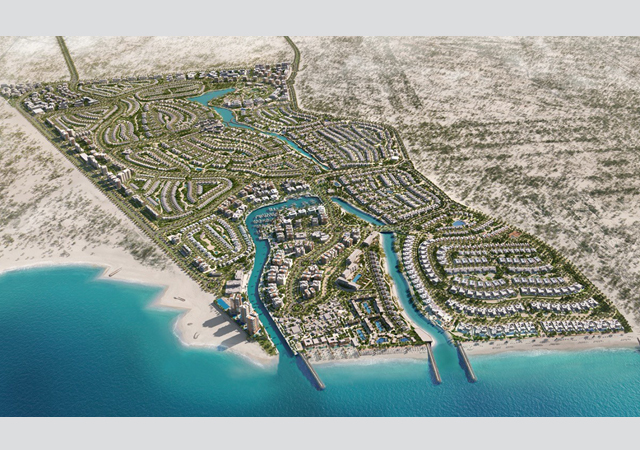
.jpg)

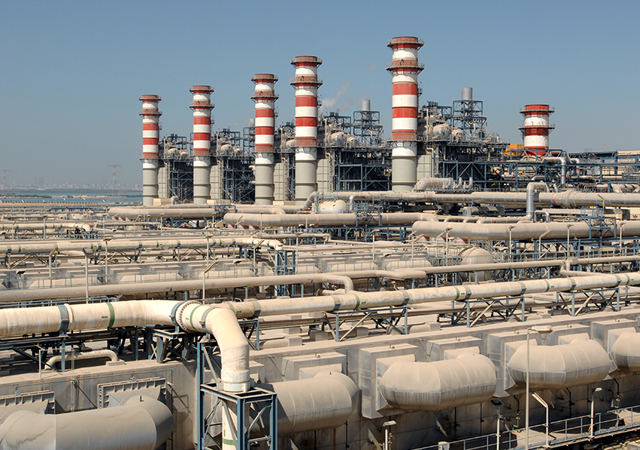
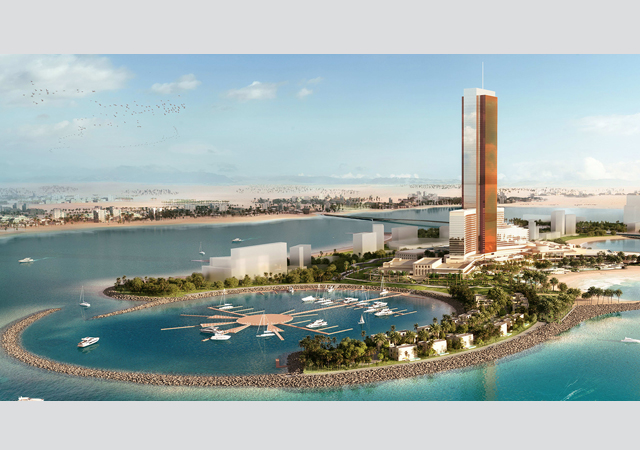

.jpg)
